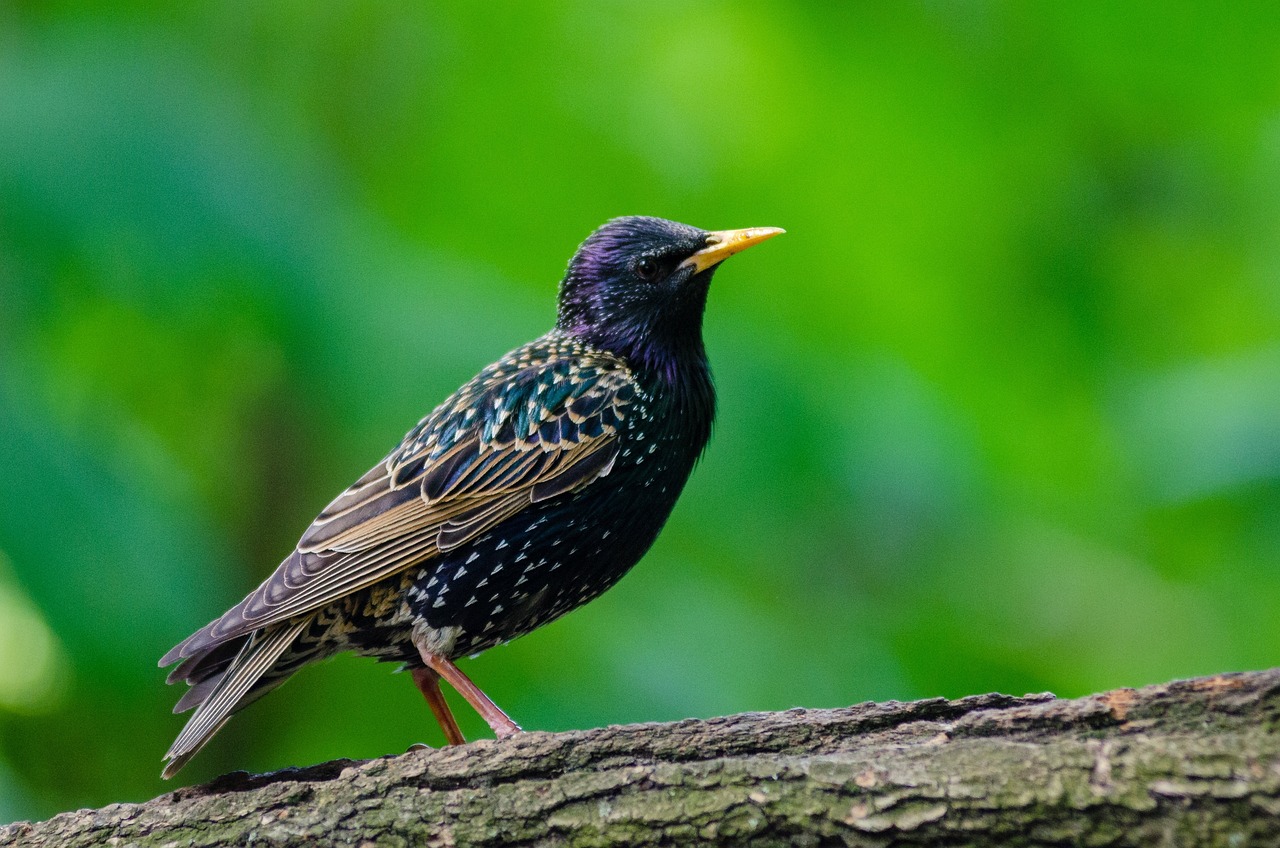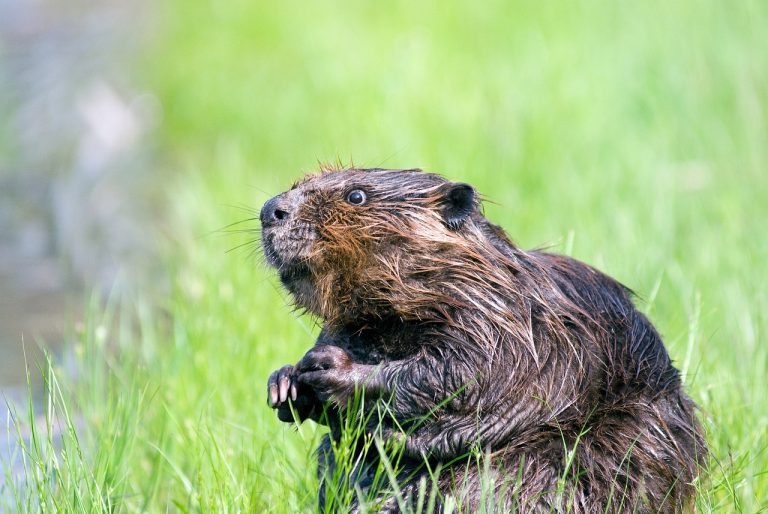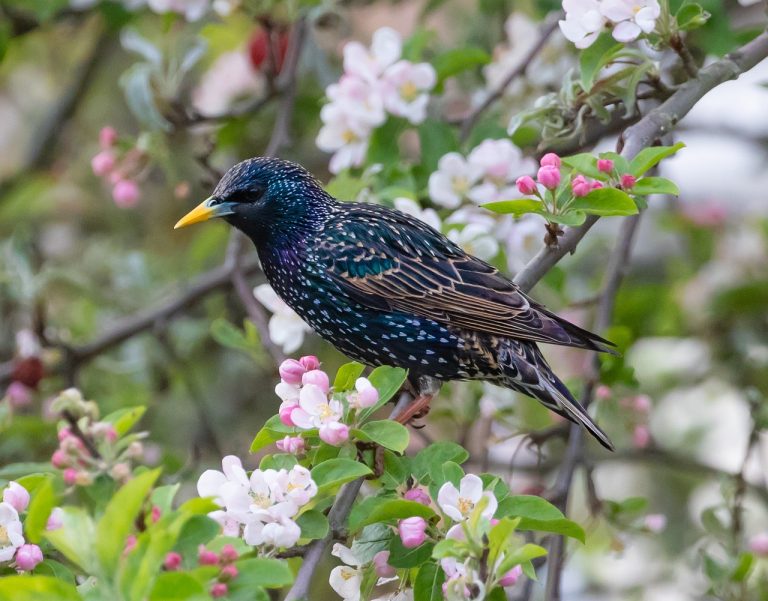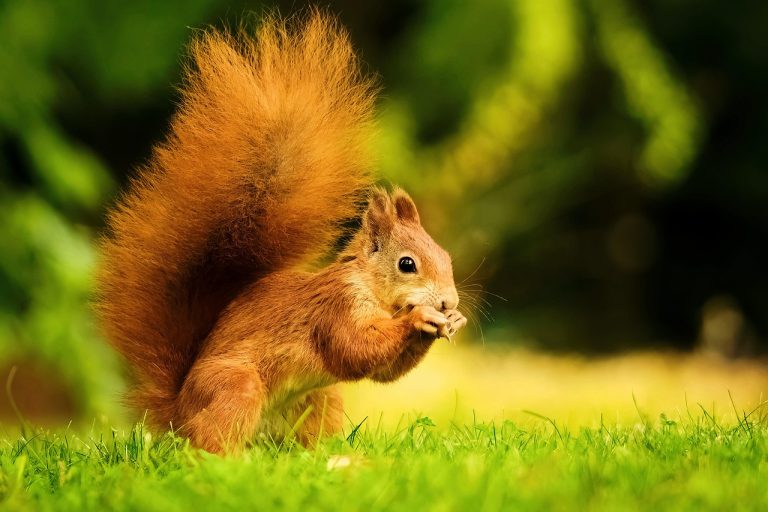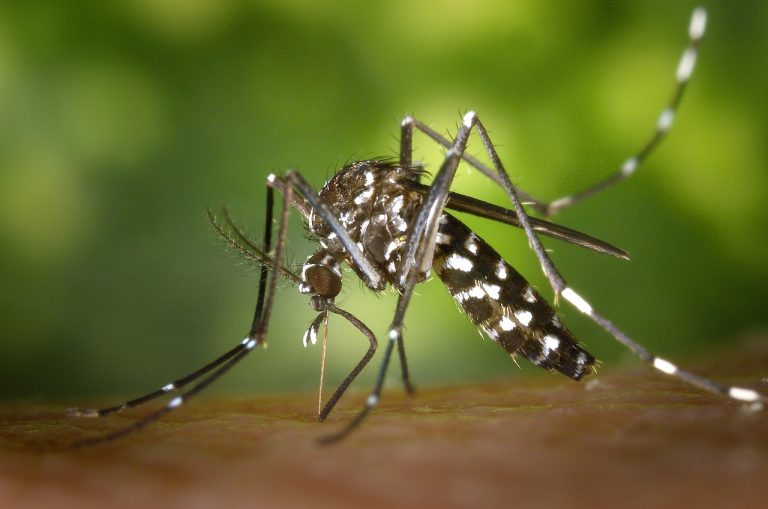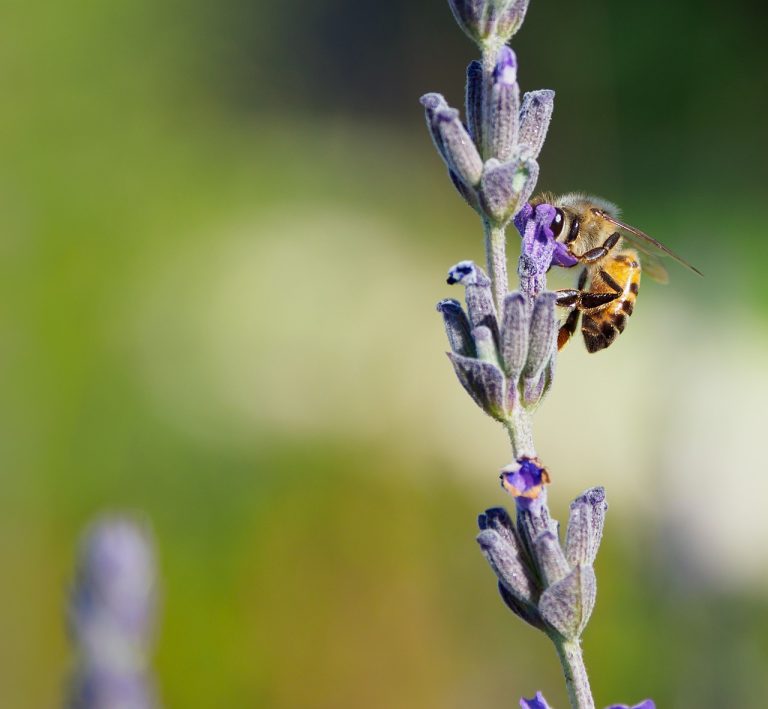HOW TO ATTRACT STARLINGS? (6 AMAZING IDEAS)
“Imagine a symphony of iridescent feathers and twinkling eyes filling your backyard as a celestial avian spectacle takes center stage. Attracting starlings, those cosmic dancers of the bird world, is akin to summoning a piece of the night sky to your doorstep. With their enchanting murmurations and celestial allure, these birds can turn any garden into a cosmic playground. So, prepare to embark on a celestial journey as we unveil the secrets of how to attract starlings, turning your outdoor space into a stage for an otherworldly avian performance.”
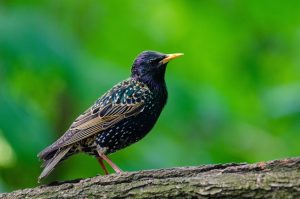
HOW TO ATTRACT STARLINGS?
Attracting starlings to your backyard can be a delightful experience for bird enthusiasts. To entice these charming songbirds, start by offering a diverse range of bird-friendly foods. Black oil sunflower seeds, suet, mealworms, and cracked corn are starling favorites.
Ensure you have suitable feeders like hopper or platform feeders, and place them strategically to create a welcoming environment. Adding a clean, freshwater source such as a birdbath is essential, as starlings love to drink and bathe. Providing natural shelter like trees or shrubs will make your yard more appealing to these sociable birds, as they often seek out cover while foraging. With these simple steps, you can encourage starlings to visit and enjoy the lively avian activity in your garden.
UNDERSTANDING STARLINGS
Starlings, as you’ve described, are indeed fascinating birds with several unique characteristics. Here is some more information about them:
PHYSICAL CHARACTERISTICS:
Starlings are medium-sized birds, measuring about 7-9 inches (18-23 cm) in length and weighing around 2-3 ounces (60-90 grams). Their plumage is predominantly black with iridescent green and purple sheens, and they have distinctive white speckles or spots, particularly in winter.
DISTRIBUTION:
While their native range includes Europe and Asia, European Starlings were introduced to North America in the late 19th century. They have since become widespread across the continent, and their adaptability has allowed them to thrive in various habitats, from urban areas to rural farmland.
SOCIAL BEHAVIOR:
Starlings are highly social birds and are known for forming large flocks, sometimes numbering in the thousands or even millions, during their migrations. These flocks create intricate aerial displays, often referred to as “murmurations,” where thousands of birds move in unison, creating mesmerizing patterns in the sky.
DIET:
Starlings are omnivorous and have a varied diet. They feed on insects, fruits, seeds, and occasionally small vertebrates. They are known for their probing behavior in lawns, searching for insects and grubs.
MIMICRY:
One of the most intriguing abilities of starlings is their capacity to mimic sounds. They are excellent imitators and can replicate a wide range of sounds they encounter in their environment, including the calls of other birds, mechanical noises, and even human-made sounds. This mimicry ability is more pronounced in males during the breeding season and is believed to play a role in attracting mates.
NESTING:
Starlings typically nest in cavities, such as tree hollows, building eaves, and nest boxes. They are cavity-nesting birds and often compete with native bird species for nesting sites. This competition can sometimes have negative impacts on local bird populations.
CONSERVATION STATUS:
European Starlings are not considered threatened or endangered and are, in fact, classified as invasive in some regions due to their population explosion and competition with native birds. Their adaptability and rapid reproduction have led to concerns about their impact on local ecosystems.
SONG:
While starlings are known for their mimicry, they also have their own melodious songs. Their songs are composed of a mix of whistles, gurgles, and warbles, which can vary among individual birds. They often incorporate the sounds they’ve learned from their surroundings into their songs.
CREATING A WELCOMING ENVIRONMENT
Creating a welcoming environment to attract starlings is a great way to enjoy their presence and observe their behavior. Here are some steps to follow:
FOOD SOURCES:
SUET:
Starlings love suet, especially during the colder months when it provides essential calories and fat for energy.
MEALWORMS:
These are a high-protein snack that starlings find irresistible. You can purchase dried mealworms at most pet supply stores.
SEEDS:
A mix of bird seeds, such as sunflower seeds, cracked corn, and millet, will also attract starlings. They enjoy foraging for seeds.
BIRD FEEDERS:
Install bird feeders that are suitable for starlings. Platform feeders or hopper feeders work well because starlings are larger birds and may not fit on smaller perches.
Ensure the feeders are easy to access and refill. Starlings are more likely to frequent a location where they can easily find food.
BIRDHOUSES:
Starlings are cavity nesters, so providing suitable nesting sites is crucial. You can install starling-specific birdhouses with entrance holes of about 1.5 inches (3.8 cm) in diameter.
Make sure the birdhouses are positioned at the right height, typically around 10-20 feet (3-6 meters) above the ground, and in a location with some protection from the elements.
LOCATION:
Place your feeders and birdhouses in an open area where starlings can spot them easily. However, make sure there are nearby trees or shrubs where they can perch and rest.
Starlings like safety and will be more likely to visit if they can quickly fly to shelter if they feel threatened.
WATER SOURCE:
Don’t forget to provide a water source like a birdbath. Fresh, clean water is essential for drinking and bathing, especially during the hot summer months.
KEEP IT CLEAN:
Regularly clean your feeders and birdbaths to prevent the spread of diseases among the birds. Dirty feeders can deter starlings and other birds from visiting.
PATIENCE AND OBSERVATION:
Attracting starlings may take some time. Be patient and observe their habits to make adjustments as needed.
BE MINDFUL OF OTHER BIRDS:
Be aware that starlings can be aggressive at feeders, and they may chase away other birds. If you want to attract a variety of species, consider placing multiple feeders at different heights or locations.
LEARN LOCAL REGULATIONS:
Check local regulations regarding bird feeding and the presence of starlings, as some areas may have restrictions due to starlings being considered invasive in certain regions.
CHOOSING THE RIGHT FOOD
Providing the right food to attract starlings to your yard or bird feeder is indeed essential. Here are some key points to consider when choosing the right food for starlings:
FRUITS:
Starlings are known to enjoy a variety of fruits, including apples, berries, grapes, and even overripe bananas. You can offer these fruits in slices or as whole pieces.
SUET:
Suet cakes are a favorite among starlings because they are a high-energy source, which is especially important during colder months when their primary food source, insects, becomes scarce. You can purchase suet cakes from a store or make your own by mixing suet with ingredients like seeds, dried fruits, or mealworms.
SEEDS:
Starlings are attracted to a range of seeds, with sunflower seeds and cracked corn being popular choices. These seeds can be found in most bird seeds mixes and are readily available in stores.
MEALWORMS:
Mealworms are another excellent choice to attract starlings. They are a good source of protein and are especially appealing to these birds.
REGULAR FEEDING SCHEDULE:
Maintaining a consistent feeding schedule is crucial to establish trust and reliability with starlings. They are more likely to visit your bird feeder if they know food is consistently available.
CLEAN AND SAFE FEEDING AREA:
Ensure that your feeding area is clean and free from moldy or spoiled food. Cleanliness helps prevent the spread of diseases among the birds that visit your yard.
AVOID UNWANTED GUESTS:
Be mindful of other bird species or pests that may be attracted to the same food. If you want to specifically attract starlings, choose foods that are less appealing to other birds, such as smaller songbirds.
WATER SOURCES:
Don’t forget to provide a fresh and clean water source for the birds, as they need water for drinking and bathing.
WATER FEATURES
Creating a water feature in your garden for birds like starlings is a wonderful idea. Here are some tips and considerations for setting up and maintaining a bird-friendly water feature:
CHOOSING THE RIGHT WATER FEATURE:
You can opt for a birdbath, a shallow pond, a bird-friendly fountain, or even a simple shallow dish. Make sure it’s not too deep, as birds like starlings prefer shallow water for bathing and drinking.
LOCATION:
Place the water feature in a location that provides some cover and protection from predators. Birds feel more secure when they have nearby shrubs, or trees to escape to if needed.
KEEP IT CLEAN:
Regularly clean the water feature to prevent the buildup of algae, dirt, and debris. A dirty water source can spread diseases among birds. Scrub the birdbath or change the water in a pond or fountain at least every few days, especially during hot weather.
WATER DEPTH:
Maintain a water depth of no more than 2 inches in a birdbath or shallow pond. This allows birds to wade in comfortably. You can add a few small rocks or pebbles to provide perching spots and prevent birds from slipping.
SAFE MATERIALS:
Ensure that the materials you use for the water feature are safe for birds. Avoid using toxic paints, glazes, or materials that could leach harmful chemicals into the water.
WATER CIRCULATION:
If you have a fountain or pump in your water feature, make sure it’s set at a low flow rate. Birds may be frightened by strong splashing or flowing water, and it should still allow them to access the water easily.
ACCESSIBILITY:
Create easy access points for birds to enter and exit the water. Flat, sloping sides or gently graded edges are ideal. Avoid steep or slippery surfaces that may make it difficult for birds to get in and out.
WINTER CONSIDERATIONS:
If you live in an area with cold winters, consider using a heated birdbath or a birdbath heater to ensure birds have access to water year-round. Freezing water can be a serious problem for birds in winter.
PROVIDE NEARBY FOOD:
Having a bird feeder nearby can complement your water feature. Birds often drink after eating, so having food and water in close proximity can be convenient for them.
MONITOR WILDLIFE:
Keep an eye on the water feature to observe the birds that visit. Different species have different preferences, so you may see a variety of birds, not just starlings.
NATURAL HABITATS
Creating a garden that attracts starlings and other local wildlife by planting native trees and shrubs is a great idea. Here are some additional tips and information to help you achieve this:
RESEARCH NATIVE PLANTS:
Start by researching the native trees and shrubs that are suitable for your region. Native plants are adapted to the local climate and provide food and shelter for local wildlife, including starlings.
CHOOSE BERRY-PRODUCING PLANTS:
Select native plants that produce berries or fruits that are attractive to starlings. Examples might include serviceberry (Amelanchier), elderberry (Sambucus), dogwood (Cornus), and viburnum species.
DIVERSITY:
Aim for a diverse selection of native plants with staggered fruiting times. This ensures that there is a continuous supply of food throughout the year, which can help attract and retain starlings in your garden.
PROVIDE WATER:
A water source, such as a birdbath or a small pond, is essential for all birds, including starlings. Make sure to keep the water clean and fresh.
NESTING SITES:
Starlings are cavity nesters, so consider providing nesting boxes or hollow trees where they can build their nests. However, be aware that they can become invasive in some regions, so providing suitable nesting sites without encouraging overpopulation is important.
MINIMIZE PESTICIDE:
Avoid using chemical pesticides in your garden. These chemicals can harm not only the insects that starlings feed on but also the starlings themselves if they ingest contaminated insects.
YEAR-ROUND MAINTENANCE:
Keep your garden well-maintained throughout the year. Prune plants as needed, remove dead or diseased branches, and clean out nesting boxes regularly.
ATTRACT INSECTS:
While starlings primarily eat fruits and berries, they also feed their young with insects. So, having a variety of plants that attract insects can help support their diet.
BIRD FEEDERS:
You can also use bird feeders to provide supplemental food for starlings and other birds. Consider adding seed feeders with sunflower seeds or suet feeders for high-energy food sources.
OBSERVE AND LEARN:
Spend time observing the bird activity in your garden. Learn about the local bird species, their habits, and preferences. This will help you fine-tune your garden to cater to their needs.
AVOIDING COMMON PITFALLS
Avoiding common pitfalls when attracting starlings is important to create a balanced and diverse bird-friendly environment. Here are some additional tips to help you manage potential challenges:
FEEDER PLACEMENT:
To reduce competition among birds, consider placing feeders at varying heights and locations in your yard. This allows smaller birds to access feeders without feeling threatened by starlings.
SELECTIVE FEEDING:
Use feeders with adjustable perches or feeding ports that can accommodate smaller bird species while discouraging larger birds like starlings.
FEEDER TYPES:
Choose feeders that are less attractive to starlings. For example, tube feeders with small perches may be less appealing to them than platform feeders.
FOOD SELECTION:
Offer a variety of birdseed types. Starlings tend to prefer larger seeds, so including smaller seeds like nyjer (thistle) can attract smaller finches and sparrows while deterring starlings.
SUET FEEDERS:
Starlings are less likely to feed on suet than on seeds. Providing suet feeders can help attract different bird species.
REGULAR CLEANING:
Keep your feeders clean to prevent the spread of diseases that can affect all birds visiting your feeders.
MONITOR STARLING ACTIVITY:
Pay attention to the behavior of starlings at your feeders. If their numbers become excessive or they dominate the feeding areas, you may need to take more aggressive measures, such as temporarily removing feeders or using deterrents specifically designed for starlings.
NEST MANAGEMENT:
As mentioned in your original text, be vigilant about invasive starling nests. If you notice starlings nesting in your property, consider taking steps to remove the nests to protect native bird species.
PREDATOR DETERRENTS:
Install bird feeders with predator guards, such as baffles or cages, to protect smaller birds from aerial predators like hawks.
NATIVE PLANTINGS:
Create a bird-friendly habitat with native plants and shrubs that provide natural food sources and shelter for a variety of bird species.
Frequently Asked Questions (FAQ) about “How to Attract Starlings”:
What are starlings, and why would I want to attract them?
Starlings are small to medium-sized birds known for their beautiful iridescent plumage and melodious songs. People often want to attract them to enjoy their presence and the natural beauty they bring to their surroundings.
What is the best way to attract starlings to my backyard?
The best way to attract starlings is to provide food and suitable nesting sites. You can use bird feeders with suet, mealworms, or fruit, and offer fresh water. Installing birdhouses with the appropriate dimensions and hole sizes also helps.
Can I use bird feeders to attract starlings, or will they scare other birds away?
Starlings can be aggressive at bird feeders, potentially scaring smaller birds away. To minimize this, use feeders designed to discourage larger birds and place them away from smaller bird feeding stations.
What kind of food do starlings prefer?
Starlings have diverse diets, but they enjoy suet, fruit, mealworms, and seeds like sunflower and millet. Experiment with different foods to see what they like best in your area.
How can I make my yard more attractive to starlings for nesting?
Starlings prefer nesting in cavities, so consider adding nest boxes with entrance holes around 1.5 inches in diameter. Place them at varying heights in your yard, facing different directions.
Are there any potential issues with attracting starlings?
Yes, starlings can become invasive in some regions and may compete with native bird species for resources. Be mindful of their population in your area and consider providing food and nesting opportunities for a variety of birds.
How can I deter starlings if they become a nuisance?
If starlings become a problem, you can try using starling-specific deterrents like bird spikes or netting on problem areas. Also, avoid leaving excessive food out that could attract large flocks.
Can I legally attract and feed starlings?
In most places, it is legal to attract and feed starlings as they are not considered an endangered or protected species. However, local regulations may vary, so it’s a good idea to check with your local wildlife authorities.
What is the best time of year to attract starlings?
Starlings are most active in the spring and summer when they are nesting and raising their young. However, you can attract them year-round with the right food and shelter.
How can I enjoy starlings without attracting too many of them?
To enjoy starlings without overpopulating your yard, provide a limited amount of food and nesting sites. This can help strike a balance between enjoying their presence and maintaining a diverse bird population.
CONCLUSION
Attracting starlings to your backyard or garden can be a rewarding and enjoyable experience for bird enthusiasts. By providing the right environment, food sources, and nesting opportunities, you can create a welcoming habitat for these charming and sociable birds. Remember to maintain cleanliness and hygiene in your bird feeding and nesting areas to ensure the health and well-being of both the starlings and other local wildlife.
As you watch these birds flock to your space, you’ll not only contribute to their conservation but also have the chance to observe their fascinating behaviors and enjoy the beauty they bring to your outdoor surroundings. So, whether you’re an avid birdwatcher or simply looking to connect with nature, following the tips on how to attract starlings can bring a touch of avian wonder to your life.

